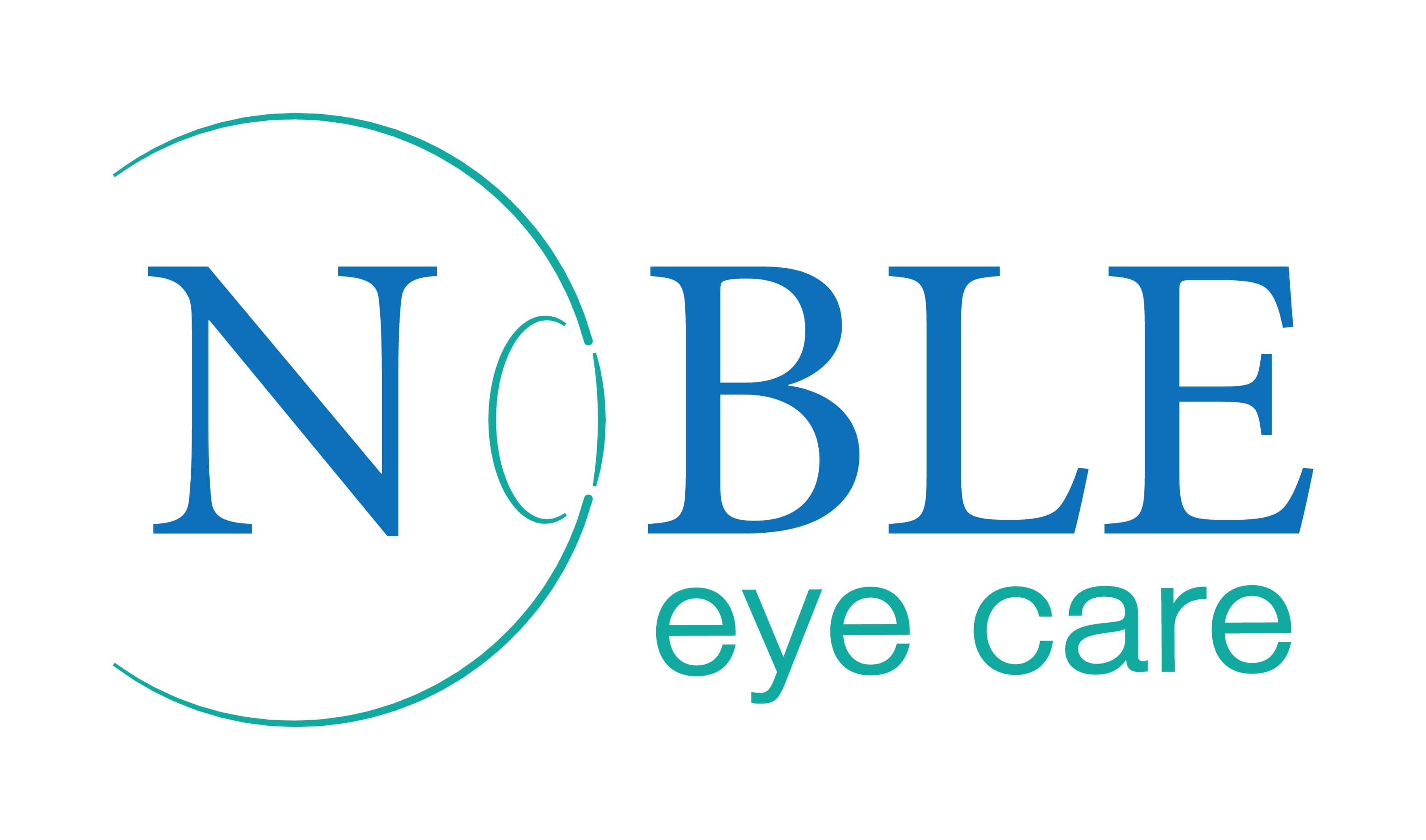What is Amblyopia?
Amblyopia refers to a condition where the development of vision has not taken place properly in the brain for any eye resulting in poor vision in that eye despite the eye being normal.
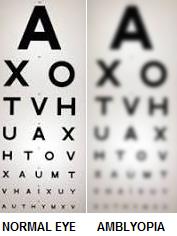
How does amblyopia occur?
Amblyopia may be a result of either a high refractive error in the eye (high powered glasses) or due to a large difference in between the refractive errors of the two eyes or due to squinting of the eyes or visual deprivation in childhood due to cataract etc.

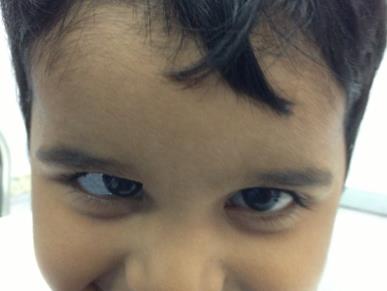
Anisometropia Squint
Is Amblyopia treatable?
Amblyopia may be treated in early childhood when the vision portion brain is still developing. Generally, the younger the age of the child during start of treatment, the better the final vision that may be achieved. Usually, treatment is tried upto 12 to 15 years of age.
What is the treatment for amblyopia?
Treatment for amblyopia consists of correcting the factor causing amblyopia such as using glasses or correcting the difference in power using contact lens followed by patching/occlusion of the better eye. Patching of the better eye forces the weaker eye to see and the portion of the brain which processes vision from that eye develops.
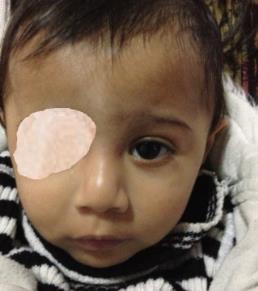
Patching therapy for amblyopia
Are there any exercises that can be done to hasten visual recovery?
In addition to patching, it is helpful to perform vision intensive tasks such as threading beads or colouring a detailed drawing or playing a video game, all whilst using the weaker eye. It is avoidable to sleep during the period of patching since the effective hours of patching will reduce then.
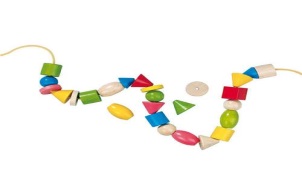
Vision stimulation exercises for amblyopia treatment
Is there any other therapy apart from patching/occlusion therapy?
Patching/occlusion therapy is a proven therapy with excellent results. Alternate therapies such as the use of drops to blur the vision of the better eye have been tried but are not as quick or effective in giving results.
My child has both squint and amblyopia. What should we treat first?
It is always better to treat the amblyopia first using occlusion therapy followed by treatment of squint under the guidance of a squint specialist, as that the best chance for vision recovery and success of squint surgery.
Can amblyopia recur after treatment?
Yes, there is a risk of recurrence of amblyopia after successful treatment and almost 1 in very 10 may develop recurrence. It is very important to give maintenance therapy and have a regular follow up.
What if Amblyopia is diagnosed at an older age?
It is not unusual to get diagnosed with amblyopia at an older age. All of us have two eyes and don’t realise that one of them is weaker than the other till we close the better eye. The chances of improvement of amblyopia at an older age are poor and even though some improvement may be noted, it is generally insignificant. However, patching or occlusion therapy along with wearing the correct glasses may help.
My child dislikes wearing the occlusion patch. What do I do?
It is very common for children to refuse the occlusion therapy due to social pressure and fear of being humiliated by their peers. However, there is no easy way around this treatment and they will have to wear the patch. You could make it interesting for them by getting pirate patches and treating them as pirates, or getting commercially patches with cartoon figures or using patches made at home with paper/eye pads and micropore tape. Children can be asked to draw their own action hero figures or cartoons on home-made paper patches. Apart from this, patching therapy could be initiated at home for a few hours and then extended to school where the teachers should be taken into confidence and explained the importance of patching. While usually patching for all waking hours is preferable, in case of non- compliance atleast 6 hours of occlusion per day should be ensured.
![DigvijayProfile[1]](https://drdigvijaysingh.com/wp-content/uploads/2017/11/DigvijayProfile1.jpg)
